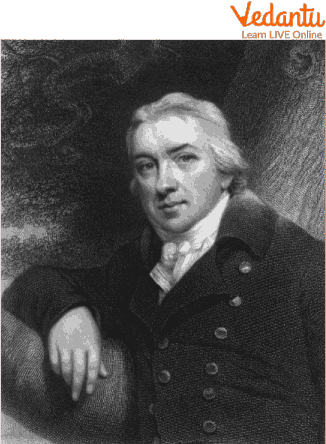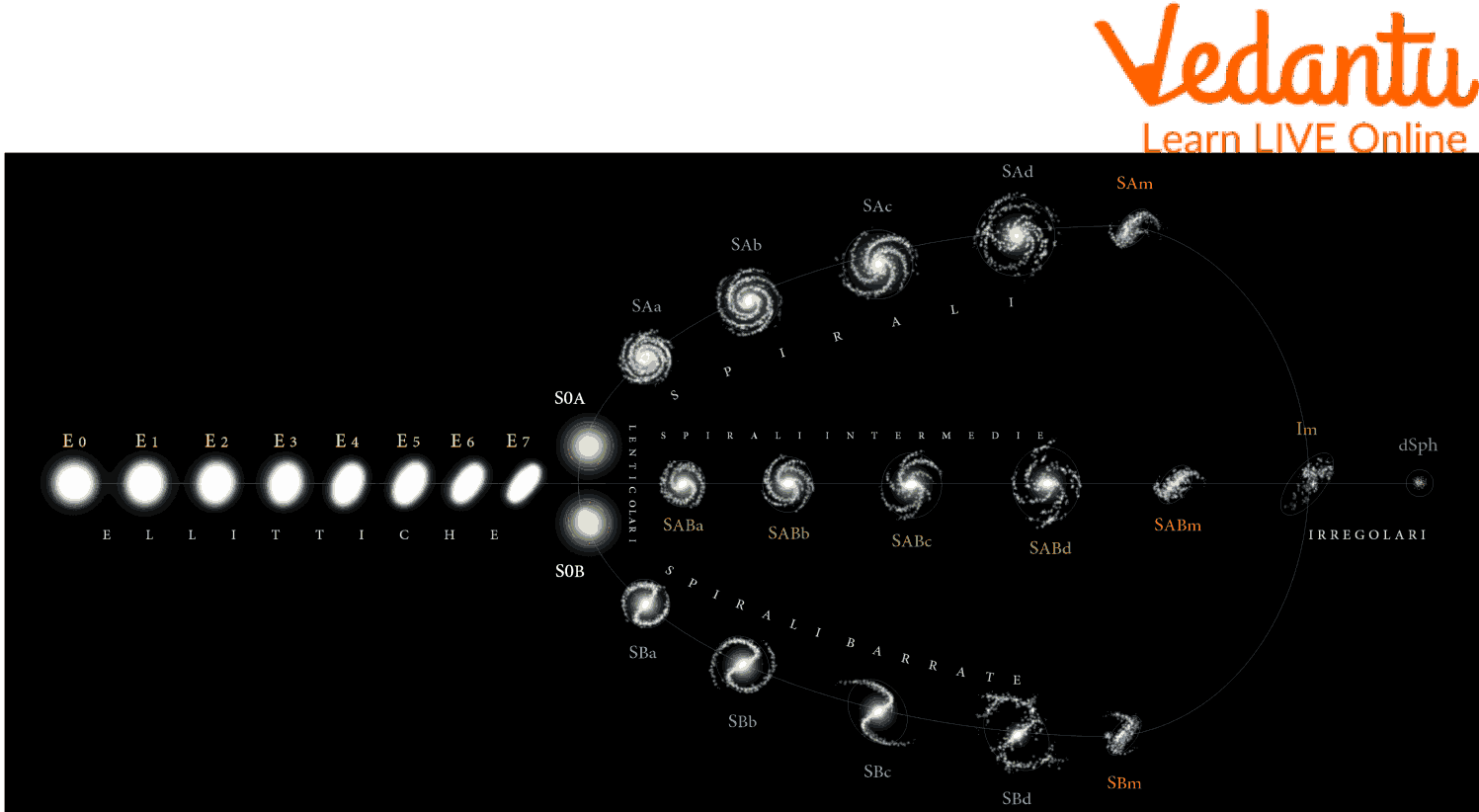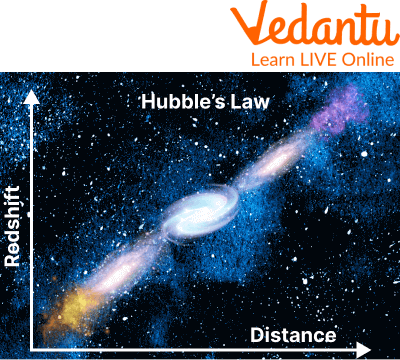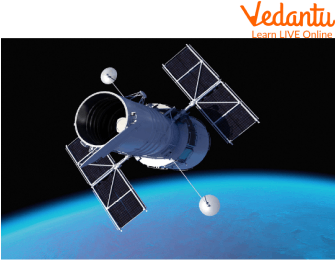




Introduction to Dr. Edward Powell Hubble
Kids, did you know over the last century, scientists have discovered many new mysterious cosmic objects such as black holes, exoplanets, and new moons on planets? The recent discoveries may be impressive, but in just a few remarkable years in the 1920s, one man single-handedly changed our perception of our place in the universe. His name was Dr. Edwin Powell Hubble.

Dr. Edward Powell Hubble
Edwin Powell Hubble was born in 1889 in Missouri, a state in the Western region of the United States. He developed an early passion for astronomy when he was 8 years old after receiving his first telescope. Let’s read more about scientist Edwin Hubble.
All About Scientist Edward Hubble
In 1917, scientist Edward Hubble received a life-changing job offer from George Ellery Hale, founder of the Mount Wilson Observatory in California, while working on his doctorate. But the opportunity came at a bad time. The United States entered World War 1st, and Hubble was enlisted in the military.
In 1919, Major Hubble returned from the war and immediately travelled to the Mount Wilson Observatory and announced that he was ready to start observing.
In 1923 Hubble made his first important discovery using the most advanced technology of that time. He discovered that some variables reside in galaxies outside our own. At the time, it was known that the universe consisted only of the Milky Way.
Hubble's discovery that our galaxy, the Milky way, is one of many that forever changed how we viewed our place in the universe.
Following this incredible discovery, Hubble began to sort and classify the galaxies he discovered. He arranged his discoveries according to their visual appearance. The first spiral, then elliptical, then lenticular, and then those which were irregular in appearance. This became known as the Hubble sequence and is still the most popular system for classifying galaxies.

The Hubble Sequence
Edwin Hubble Discoveries
The Hubble space telescope was named after him by NASA and the European Space Agency. He was also the man behind the great Hubble's law, which proved that the universe is continuously expanding. Now let's learn about some more interesting discoveries made by the scientist Edward Hubble:
Hubble's greatest achievement came in 1929 when he determined that the light we receive from galaxies is redder the further away they are from us.
With this discovery of red light theory, Hubble was able to deduce that the farther away a galaxy is, the faster it recedes.
The redshift experiment was called Hubble's Law. The observational discovery of this relationship overturns the conventional view of a static universe.
Hubble's law also demonstrated that the universe was expanding. It also provided the first observational evidence for the big bang theory.
The discovery of Hubble's Law also led the great scientist of that time, Albert Einstein, to admit that ignoring the ideas of Hubble was some 'greatest blunders of life.'

The Hubble's Law of Galaxies
Hubble Space Telescope Facts
Children, have you heard about the Hubble space telescope before? If not, let's learn some Hubble space telescope facts:
The European Space Agency and NASA, after 30 years of Hubble's death, named their new space telescope after Edward Hubble.
They chose Hubble for naming the telescope as he was the obvious choice when naming a new observatory that would add more to the field of astronomy.
Edward Powell Hubble changed our perception of the universe and our place within it. And his spirit of discovery lives on today through the Hubble Space Telescope.

The Hubble Space Telescope
Summary
Edward Powell Hubble was an American astronomer who became famous for demonstrating the existence of other galaxies in the universe. He died in 1953, but Hubble was a skilful athlete during his school days. Hubble focused on astronomy, philosophy, and mathematics at the University of Chicago. Hubble was an influential scientist, and his work led to many breakthroughs in astronomy. This article above helped us learn about Edwin Hubble, his discoveries and his life.
FAQs on Edwin Powell Hubble
1. When and how did the universe begin?
The universe began in an event known as the ‘Big Bang’ about some 13 billion years ago. According to the big bang theory, the Big Bang was the sudden expansion of a tiny matter. From that sudden expansion, the universe has grown more complex and huge.
2. What are the different objects we can view from a telescope?
The sun, moon, planets, galaxies, comets, asteroids, meteorites, and star clusters are the few things one can view with the help of a telescope.
3. Apart from the Hubble space telescope, what other objects are named after Dr. Edward Hubble?
An asteroid and a moon crater have been named after Dr. Edward Hubble to honour his work in the astrophysics field.
4. What are galaxies made of?
Galaxies are mainly made up of dust, dark matter, and many stars. All these things are held together by the force of gravity.









